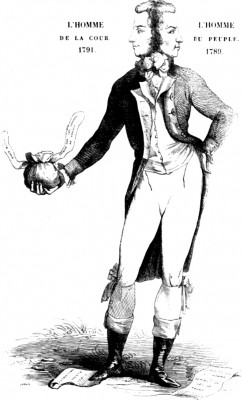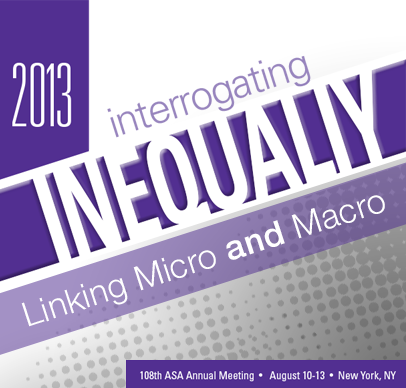From an augmented perspective, technologies both reflect and affect social structures and hierarchical relations. It is perhaps no surprise, then, that theorists of science and technology have long recognized how technologies are gendered. This goes beyond probing technologies of female reproduction, or masculine tools of object manipulation. This pervades even those seemingly gender neutral technological objects, and the ways in which we talk about, use, and make sense of them.
Awhile back, I talked about the gendering of Siri. I argued that the female voice, coupled with her designation as a “personal assistant” created an environment ripe for highly sexist/sexualized personification of the iphone application, and iphones themselves. Far from Haraway’s utopic de-categorization, this melding of mechanical and organic solidified gendered meanings and strengthened interactional gender inequalities.
With this understanding, I still couldn’t contain my exasperated eye-roll when, after hooking up television in my home for the first time in almost a decade, I saw this (video after the jump): more...


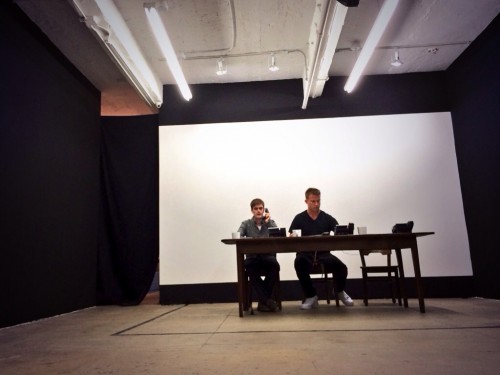


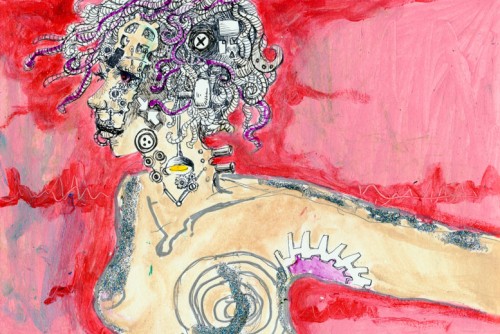

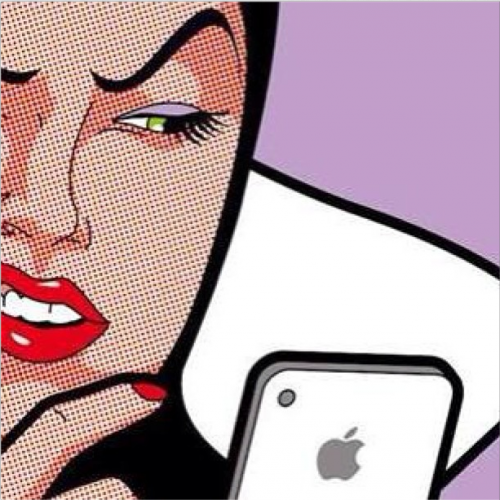
![I LOVE this. [Image credit: Schroeder Jones]](https://thesocietypages.org/cyborgology/files/2013/08/introverts.jpg)
